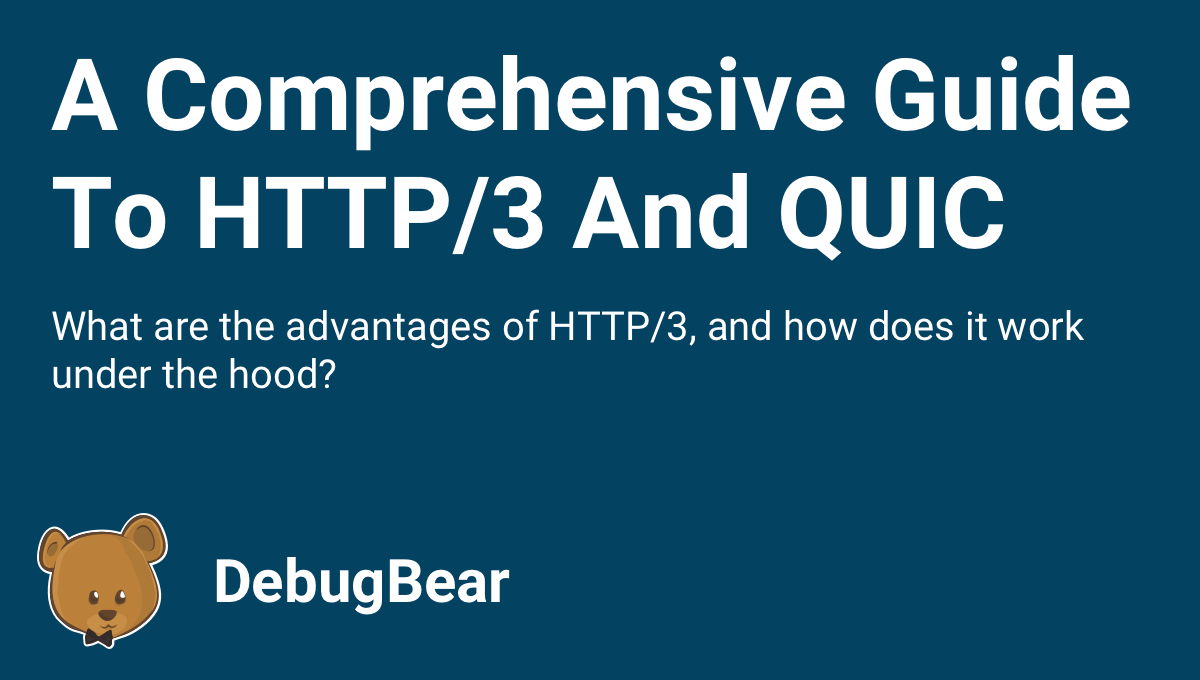This document describes the use of QUIC to provide transport confidentiality for DNS. The encryption provided by QUIC has similar properties to those provided by TLS, while QUIC transport eliminates the head-of-line blocking issues inherent with TCP and provides more efficient packet-loss recovery than UDP. DNS over QUIC (DoQ) has privacy properties similar to DNS over TLS (DoT) specified in RFC 7858, and latency characteristics similar to classic DNS over UDP. This specification describes th...| IETF Datatracker
This specification describes an optimized expression of the semantics of the Hypertext Transfer Protocol (HTTP), referred to as HTTP version 2 (HTTP/2). HTTP/2 enables a more efficient use of network resources and a reduced latency by introducing field compression and allowing multiple concurrent exchanges on the same connection. This document obsoletes RFCs 7540 and 8740.| www.rfc-editor.org
Messaging applications are increasingly making use of end-to-end security mechanisms to ensure that messages are only accessible to the communicating endpoints, and not to any servers involved in delivering messages. Establishing keys to provide such protections is challenging for group chat settings, in which more than two clients need to agree on a key but may not be online at the same time. In this document, we specify a key establishment protocol that provides efficient asynchronous group...| www.rfc-editor.org


